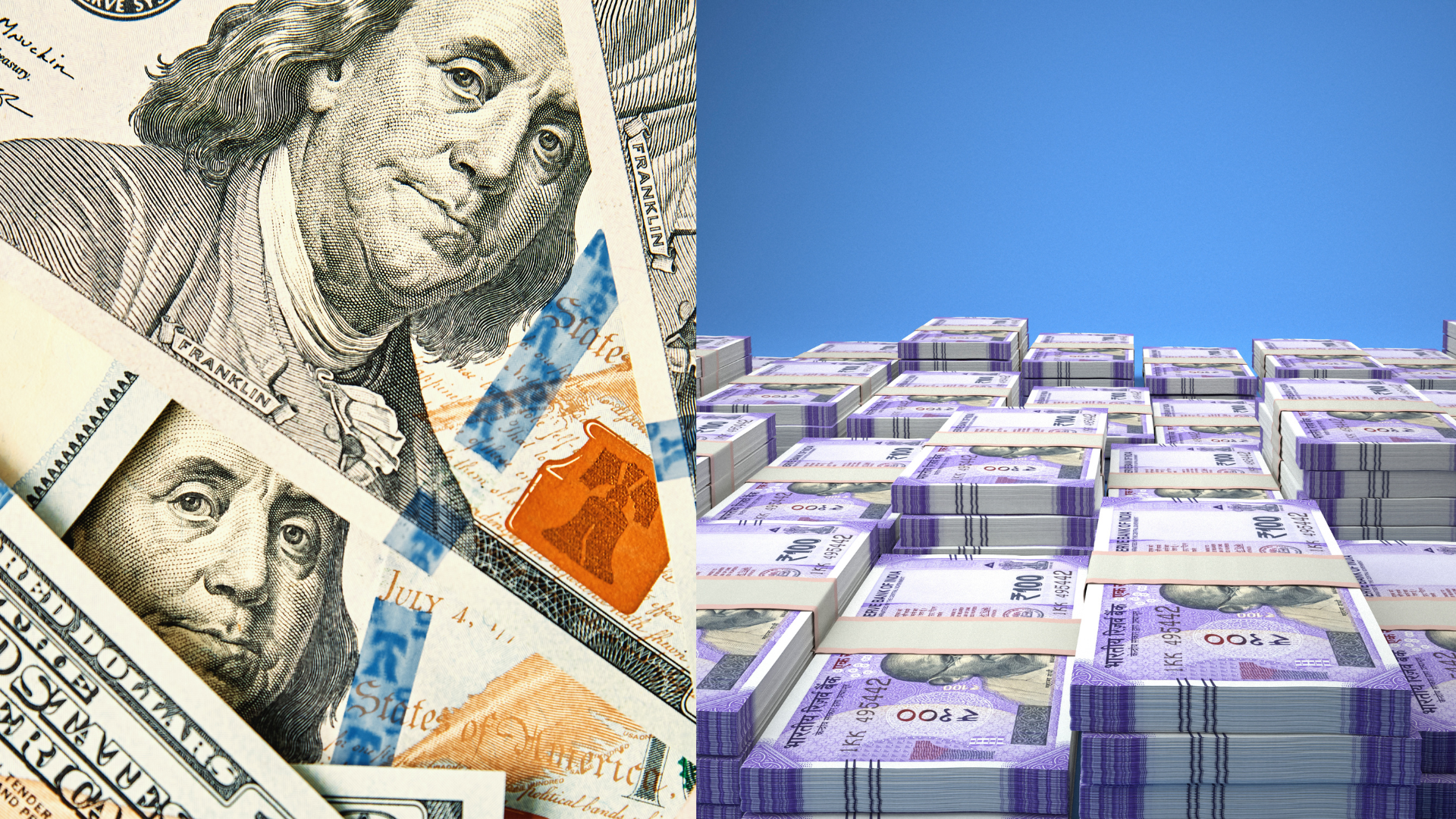The USD/INR pair held within a tight range on Wednesday, with investors awaiting fresh economic cues to determine the next move. Despite fluctuations in global risk sentiment, the rupee managed to stay stable, as traders looked for direction from upcoming economic data and central bank policies.
A strong US dollar has limited the rupee’s ability to gain ground, as US Treasury yields remain elevated amid ongoing speculation about the Federal Reserve’s rate path. While markets still anticipate rate cuts later this year, Fed officials have signaled a cautious approach, keeping demand for the greenback intact and preventing a sharp decline in USD/INR.
Domestically, India’s economic fundamentals have remained relatively strong, helping the rupee avoid major downside pressure. However, foreign fund outflows and concerns over external trade balances have kept traders wary of potential volatility. Any further capital outflows could weigh on the rupee’s stability, especially if global markets turn risk-averse.
Meanwhile, energy prices continue to be a key factor for the rupee, with rising crude oil prices threatening to widen India’s trade deficit. As a major oil importer, India’s currency tends to weaken when energy costs climb, increasing demand for USD reserves to cover higher import bills.
Looking ahead, market participants are keeping a close watch on US economic data and the Reserve Bank of India’s (RBI) policy stance. While the RBI has been actively managing rupee fluctuations through forex interventions, sustained dollar strength could test the central bank’s ability to maintain stability.
For now, USD/INR remains range-bound, with traders waiting for a catalyst to drive the next move. Until clearer signals emerge from global monetary policy trends and economic indicators, the pair is likely to trade within familiar levels, with 1 USD hovering around 83 INR in the near term.













